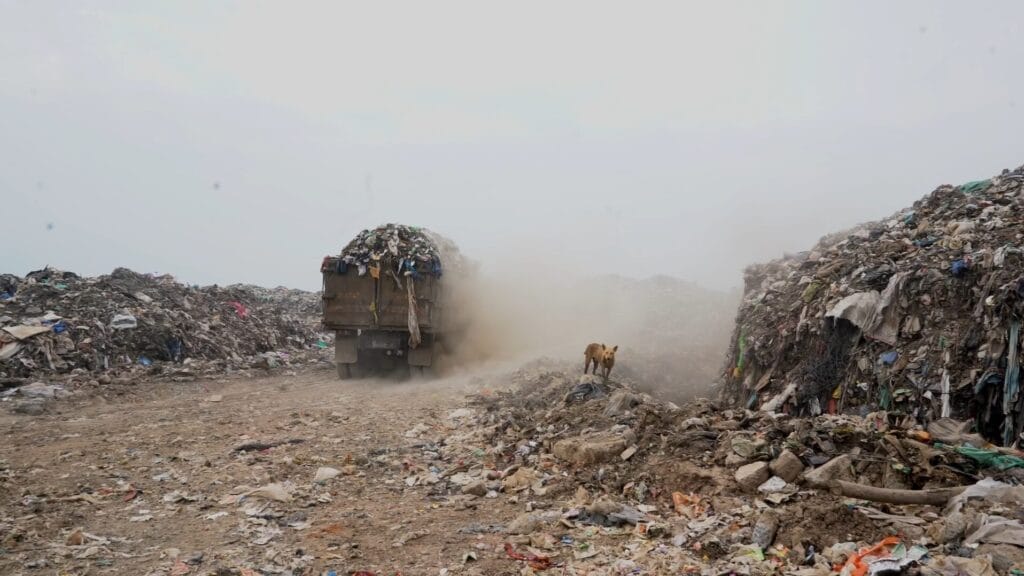As the dump trucks drive in and deposit tonnes of refuse at the dumping ground in Kodangaiyur, a group of people wait patiently to sift through the garbage. As far as the eyes can see, there are mountains of unsegregated waste and the stench is unbearable. This group of informal workers are the waste pickers of Chennai, an important cog in the wheel of waste management in the city.
Chennai produces about 6,300 tonnes of waste daily, overwhelming the city’s two main dumping sites, Kodangaiyur and Perungudi, with unsegregated trash. Although some community-led initiatives raise awareness about the importance of source segregation, many residents still dispose of mixed garbage without considering its final destination.
Read more: Waste segregation requires participation from all stakeholders: Chennai Corporation Commissioner

That’s why, waste pickers play a crucial role in the segregation and recycling of dry waste, most of which would otherwise clog the landfills. They remain on the fringes, rarely acknowledged for their contribution in managing the city’s waste.
Vijay Senthil Kumar, researcher and expert on solid waste management, who has done extensive work with waste pickers, says that waste pickers work in the most hazardous conditions because of the air pollution in the dump yards and the waste they come in contact with every day.
“Their contribution to the circular economy is immense; they work needs to be formalised. Yet, their lifestyle and livelihood makes them extremely marginalised and alienated in society.”
Watch the video on the waste pickers of Chennai and their significant role in the circular economy:
What waste pickers need from the government
- Acknowledgement of their service and legal sanction to enter dump yards.
- Regularisation of their work and identity cards for recognition.
- Permanent jobs as sorters in recycling units.
- Protective gear to prevent accidents and health problems.